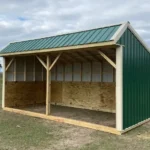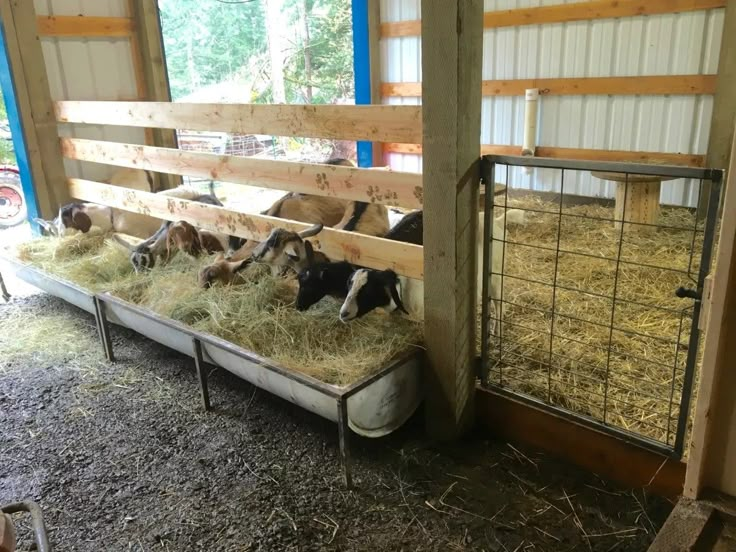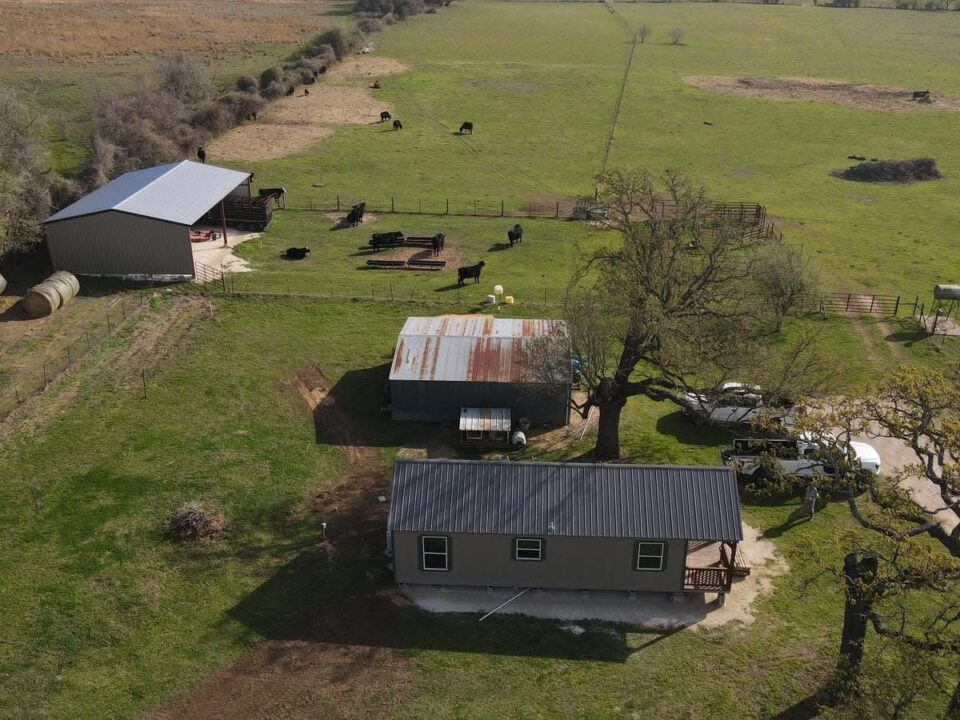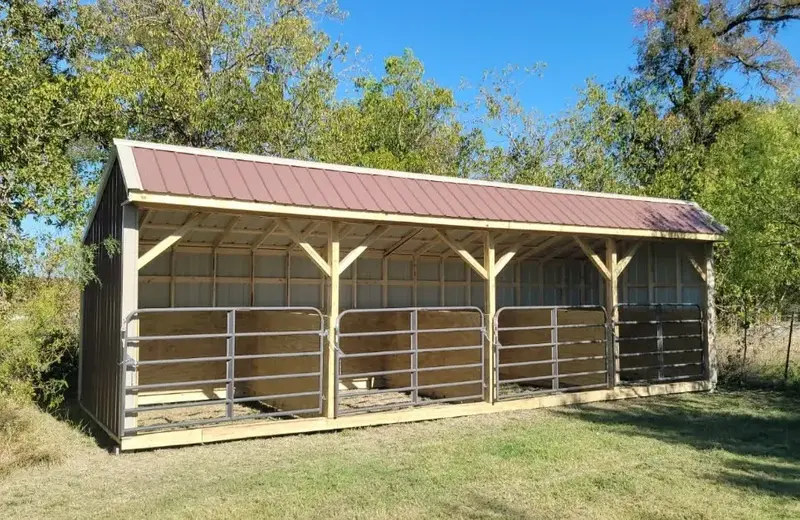
Training Your Animals: Building Trust and Good Habits
July 31, 2025
Predator-Proofing Your Animal Shelter: Keep Livestock Safe
August 2, 2025Feeding Schedules for Healthier Livestock 🐄🐐🐓
Feeding your animals isn’t just about giving them food—it’s about giving them the right nutrition at the right time. A well-planned feeding schedule keeps livestock healthy, productive, and easier to manage. With consistent routines, you’ll see better growth, stronger immune systems, and less waste.
Why Consistent Feeding Matters 🌱
Livestock thrive on routine. Animals fed at irregular times can become stressed, leading to poor digestion and reduced production. By following a consistent feeding schedule, you support natural behaviors and healthier body functions.
For animals like cattle, goats, and horses, proper timing helps maintain steady energy levels and avoids overeating. Poultry also benefits from predictable feeding, which encourages egg production and reduces aggressive behavior.
Designing a Feeding Schedule 🕒
The ideal feeding schedule depends on your animals, but consistency is always key. Most livestock do best with two feedings a day—morning and evening. Young animals or high-producing dairy animals may require more frequent meals.
Plan to feed at the same time every day. Animals quickly learn the routine, which makes them easier to manage and reduces stress in the herd. Provide clean water at all times, and check feed bins regularly to avoid mold or contamination.
Balancing Nutrition and Portions 🐐
A good feeding schedule goes hand in hand with balanced nutrition. Work with your vet or extension office to determine the right mix of grains, forage, and supplements for your specific animals. Overfeeding can lead to obesity and health issues, while underfeeding affects growth and production.
Monitor body condition regularly. Adjust feed amounts as needed for animals that are pregnant, nursing, or working harder than usual.
Feeding as a Daily Check-In 👀
Feeding time is the perfect opportunity for daily health checks. While animals eat, observe their behavior. Are they eating normally? Do any seem lethargic or limping? Early detection of problems is much easier when you interact with your animals consistently.
Shelters That Make Feeding Easier 🛖
A well-built shelter makes feeding more efficient. Covered feeding areas protect hay and grain from the weather and reduce waste. Properly designed gates and feed troughs also prevent injuries and keep feeding stress-free.
At Wolf Valley Buildings, our animal shelters are built with practical layouts that make daily chores—like feeding—easier on you and your animals.
For more nutrition tips, visit Purdue University Extension for research-based livestock feeding guides.
Internal Links:Barn Alternatives for Livestock: Why Loafing Sheds Work





